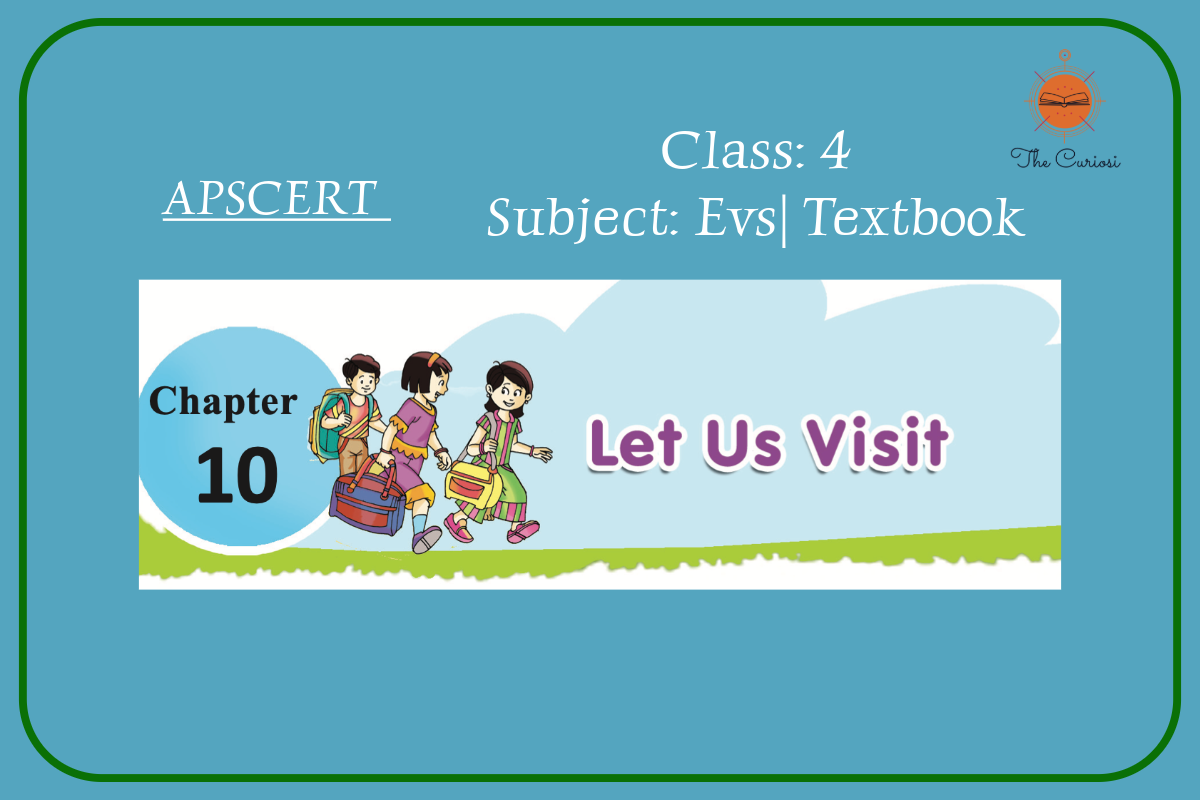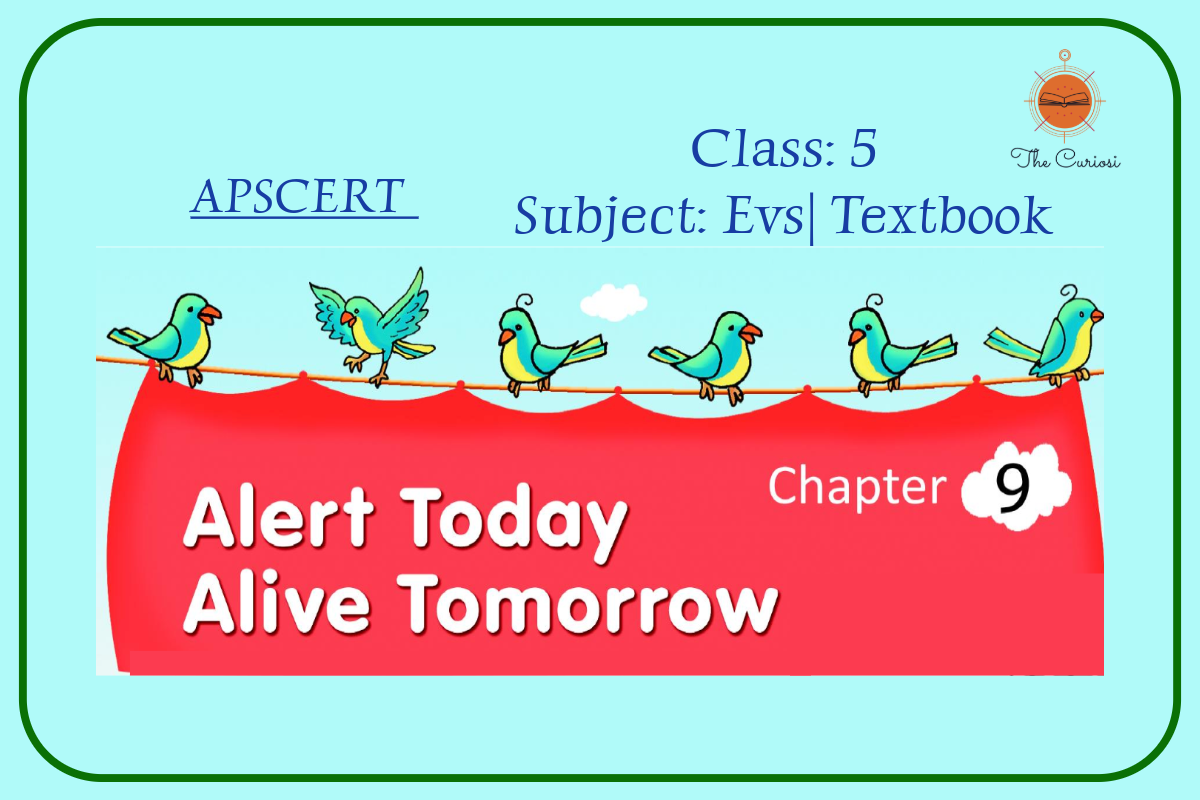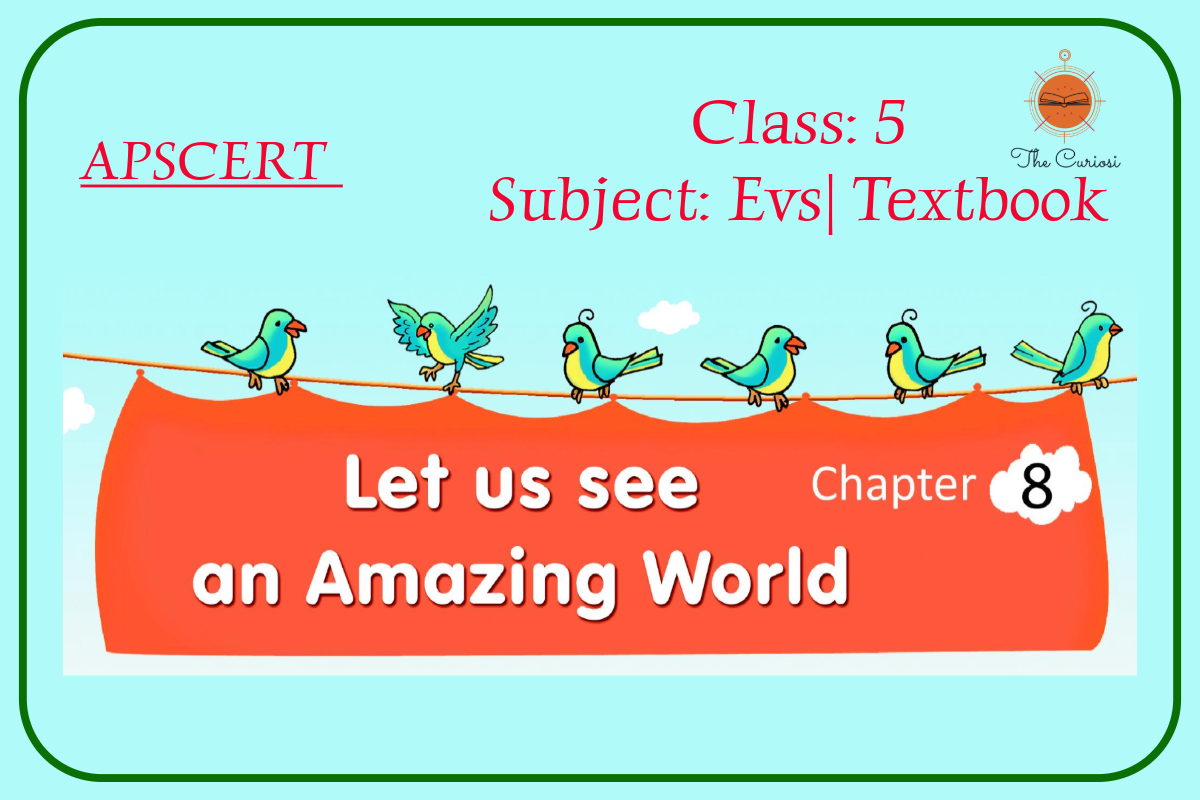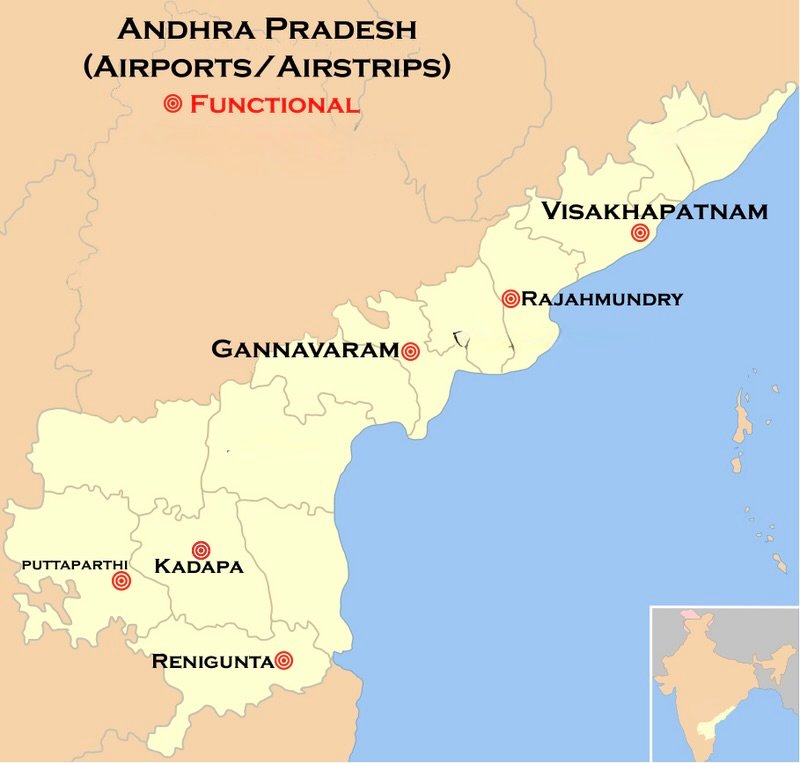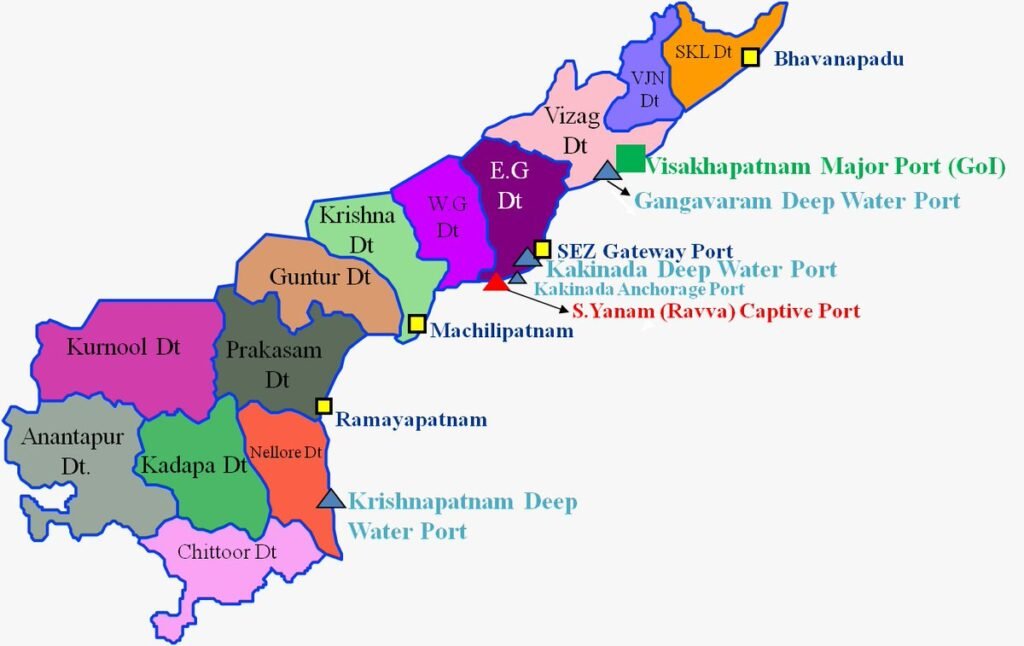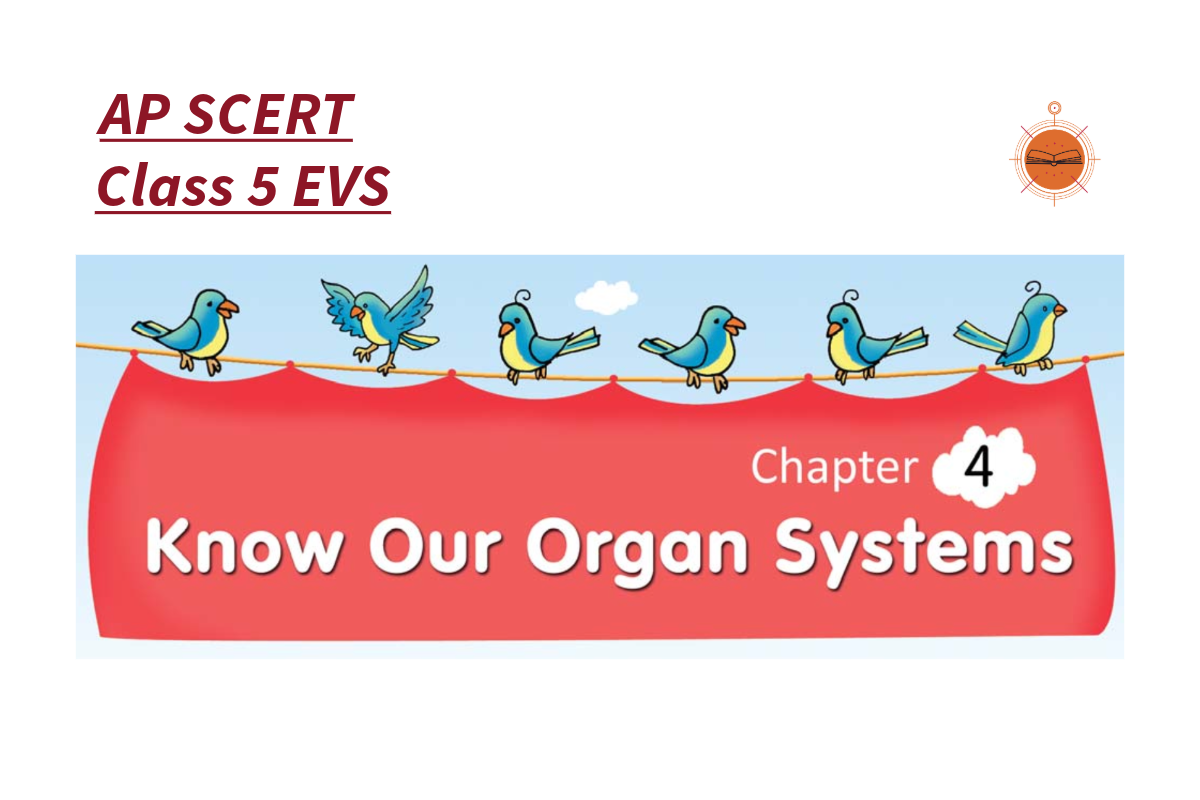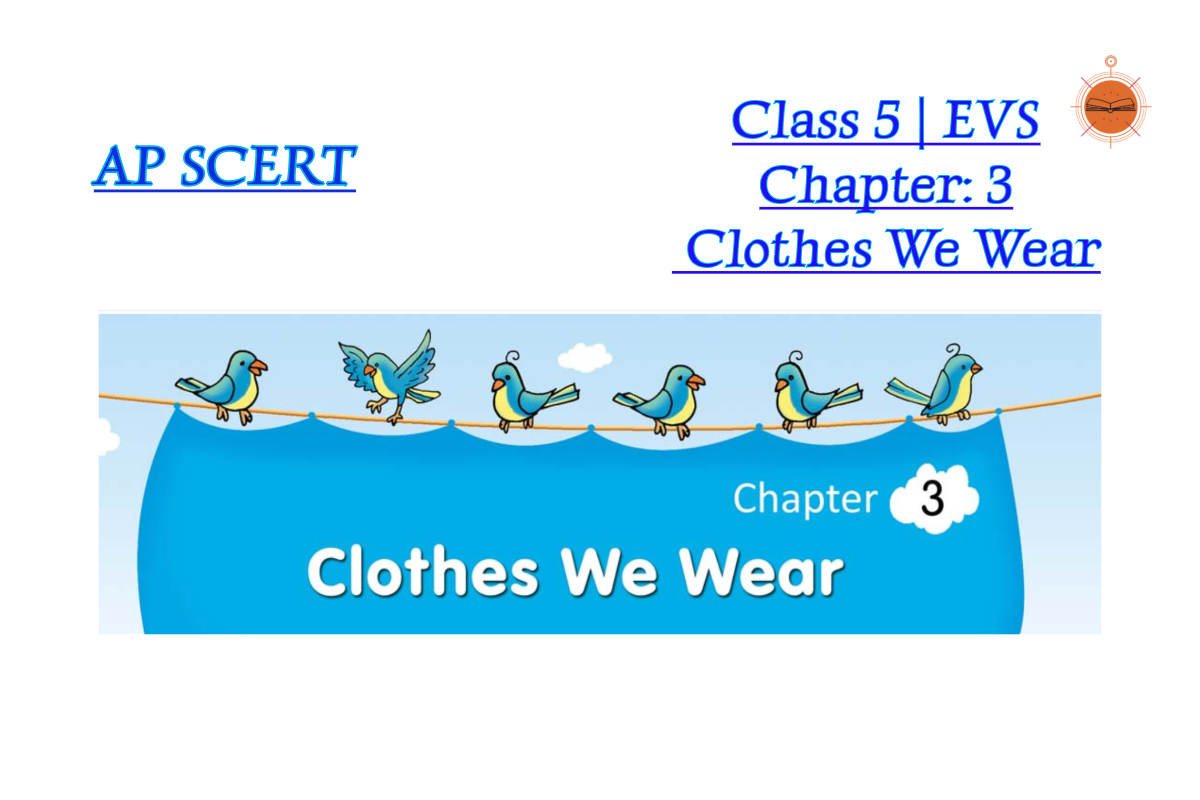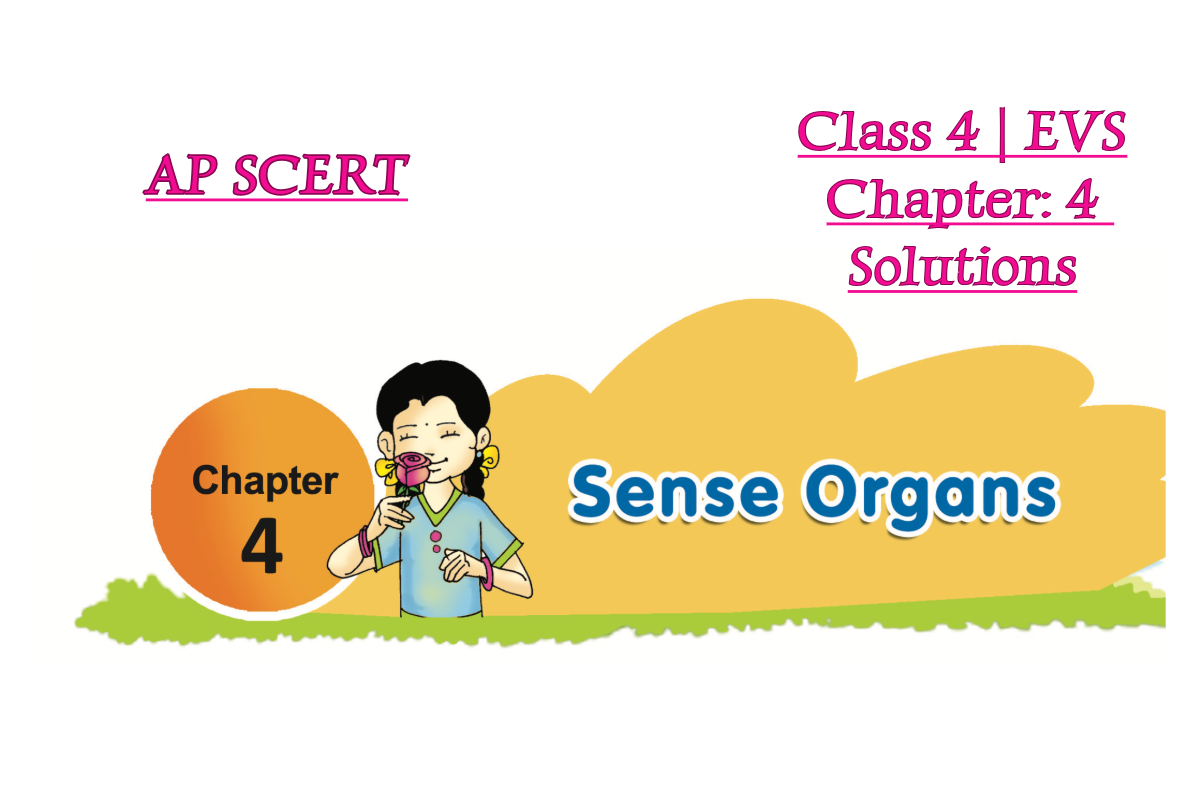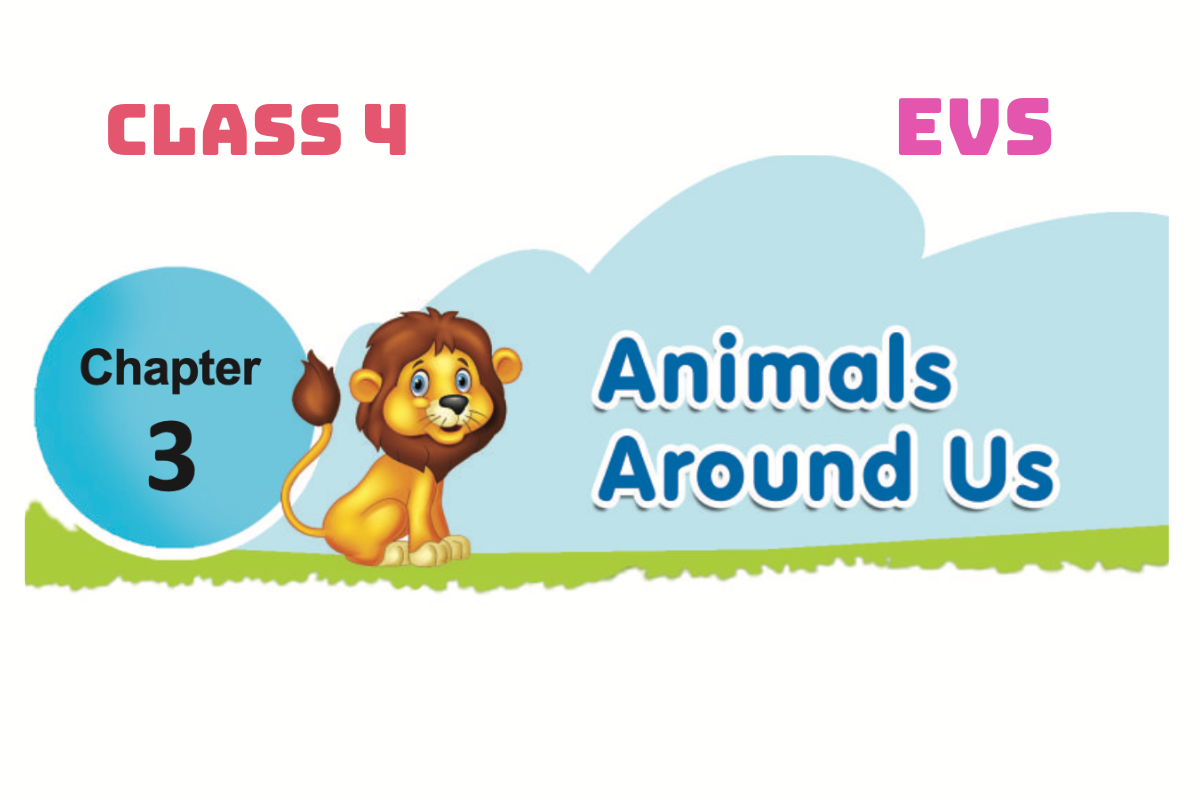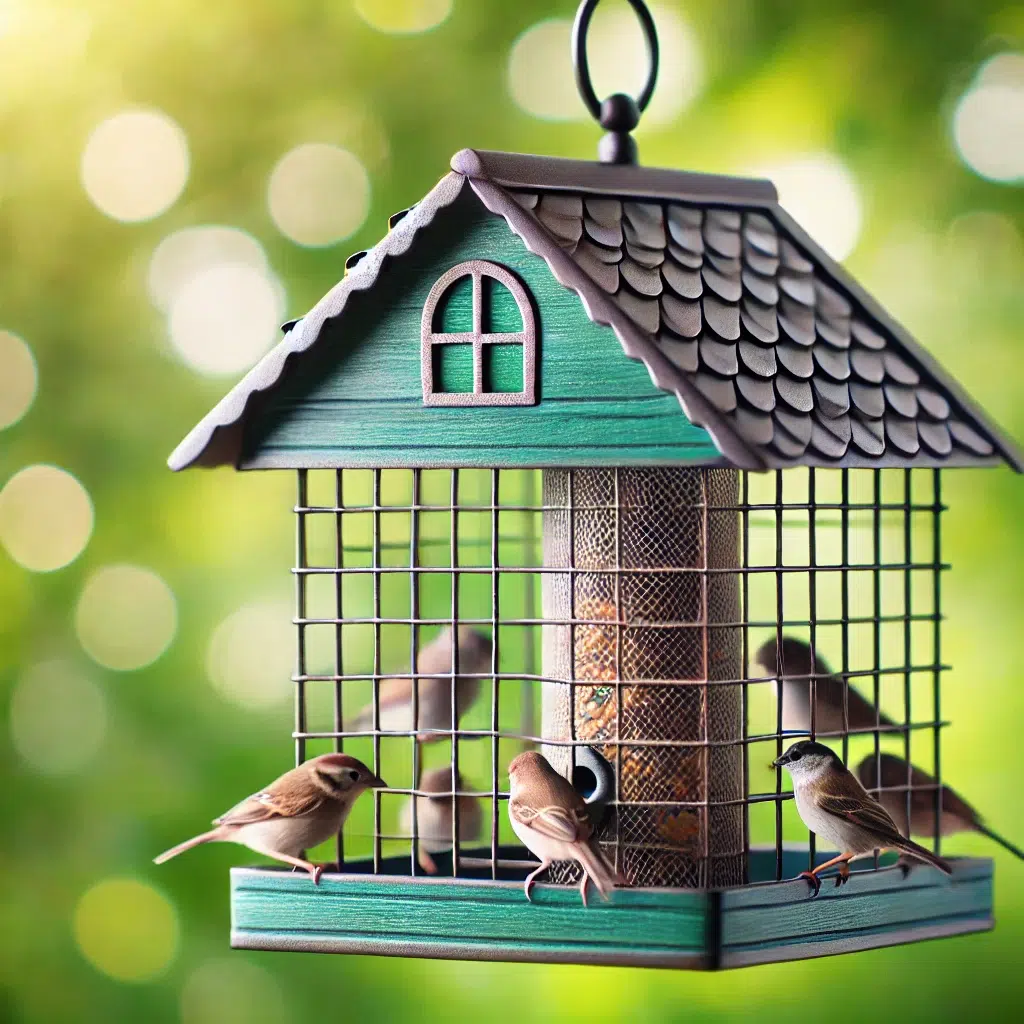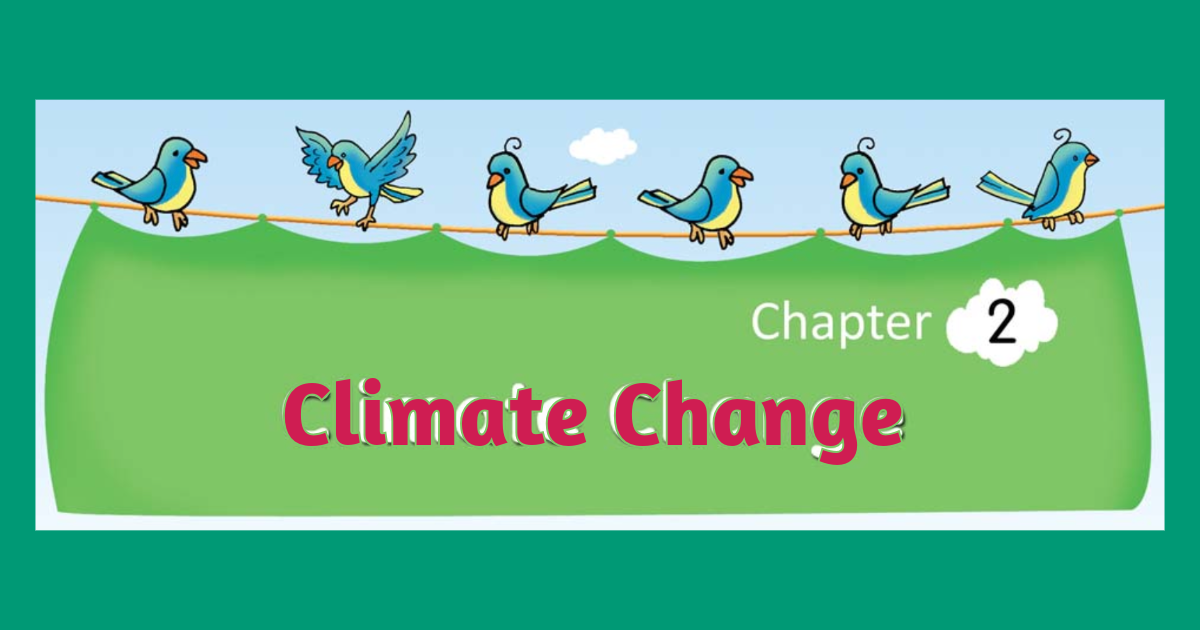Your cart is currently empty!
Category: Solutions

Let us visit | Class 4 | Evs Textbook | Chapter10
Andhra Pradesh | APSCERT
Here are the answers to the “Improve Your Learning” section along with the questions:
I. Conceptual Understanding
1. Name some festivals that you celebrate in your village.
• Some festivals celebrated in my village include Pongal, Diwali, Ugadi, Sankranti, and Holi.
2. Name the national festivals you celebrate in your school.
• National festivals celebrated in my school include Republic Day (January 26), Independence Day (August 15), and Gandhi Jayanti (October 2).
3. What places would you like to visit?
• I would like to visit historical places like the Charminar, Taj Mahal, and Qutub Minar, as well as natural places like waterfalls, hill stations, and wildlife sanctuaries.
II. Questioning and Hypothesis
4. What questions will you ask your teacher to know about the purpose of a bird sanctuary?
• Some questions I would ask my teacher about a bird sanctuary are:
1. What is a bird sanctuary?
2. Why are birds protected in sanctuaries?
3. Can we visit a bird sanctuary?
4. How do birds from different countries come here?
5. How can we help in protecting birds?
III. Experiments and Field Observations
5. Visit the holy places in your village. Write your findings.
• After visiting the holy places in my village, I observed:
1. The temple/mosque/church is an important place for worship.
2. Many people visit these places for prayers and rituals.
3. Special festivals and ceremonies are held there.
4. People maintain cleanliness and follow traditions.
IV. Information Skills and Projects
6. Prepare a list of historical places in your surrounding villages/mandal.
• Some historical places in my surrounding villages/mandal are:
1. Kondapalli Fort
2. Amaravati Stupa
3. Lepakshi Temple
4. Golconda Fort
(I took help from my parents and elders to list these places.)
V. Drawing and Model Making
7. Draw on a chart representing festivals like a lamp for Diwali, a tree for Christmas, and a half moon for Ramzan.
• I can draw a chart with:
1. A lamp for Diwali
2. A Christmas tree for Christmas
3. A crescent moon for Ramzan
VI. Appreciation
8. Have you ever seen a Jatara? What makes you happy in the event?
• Yes, I have seen a Jatara in my village. I enjoy the vibrant atmosphere, the colorful decorations, folk performances, and the variety of food stalls. It is a joyful event where people come together to celebrate.

Alert Today, Alive Tomorrow
Class 5 | Evs Textbook | Chapter 9
Home » Solutions » Class 5 » EVS Textbook Solutions » Chapter 9: Alert Today, Alive Tomorrow
Here are the answers to the “Improve Your Learning” section from the lesson “Alert Today, Alive Tomorrow” for Class 5 EVS
I. Conceptual Understanding
1. Why should we take safety measures?
• Safety measures help prevent accidents and injuries.
• They ensure that people remain safe in daily activities like traveling, working, and playing.
• Following safety measures protects both individuals and society.
2. What is first aid and when is it needed?
• First aid is the immediate care given to an injured or sick person before medical help arrives.
• It is needed in case of accidents, burns, snake bites, fractures, or any emergency to prevent the condition from worsening.
3. Aparna’s grandfather was bitten by a snake. What kind of first aid is suggested to him?
• Keep the affected person calm and still to slow down the spread of venom.
• Do not try to suck out the venom.
• Tie a cloth or bandage lightly above the bite to slow the venom’s spread.
• Take the person to the nearest hospital or call 108 ambulance services immediately.
II. Questioning and Hypothesis
4. What questions would you ask to know more about 108 Services?
• How quickly can 108 services respond to an emergency?
• What types of emergencies does 108 handle?
• What information should we provide while calling 108?
• How does the ambulance team provide first aid before reaching the hospital?
• Is the 108 service available 24/7 in all areas?
III. Experiments and Field-Based Observations
5. Visit an accident spot which is nearby. Find the causes of the accident and record your observations.
• Possible causes of accidents:
• Over-speeding
• Not following traffic signals
• Not wearing helmets or seat belts
• Walking or playing on the road carelessly
• Observations should include:
• The condition of the road (slippery, damaged, crowded)
• Actions of drivers and pedestrians before the accident
• Response time of emergency services
IV. Information Skills and Projects
6. Discuss the precautions to be taken while using fireworks on Diwali.
• Always burst crackers in an open space under adult supervision.
• Keep a bucket of water or sand nearby for emergencies.
• Wear cotton clothes to avoid catching fire.
• Avoid using fireworks near flammable materials.
• Do not relight a firework that did not burst the first time.
V. Drawing Pictures and Model Making
7. Draw a mind map showing precautions we take while traveling on a bus.

• Stand in a queue while boarding.
• Do not push others while getting on or off.
• Hold handrails for support.
• Avoid talking to the driver while he is driving.
• Never put hands or head outside the window.
VI. Appreciation
8. How do you appreciate the services of 108 and 104?
• 108 provides emergency medical services and helps save lives in accidents and medical crises.
• 104 provides medical advice over the phone, helping people access healthcare easily.
• These services are free and available 24/7, making them accessible to all.
• The ambulance staff and medical professionals work hard to save lives, so they deserve our respect and gratitude.

Let Us See an Amazing World
Andhra Pradesh | APSCERT
Home » Solutions » Class 5 » EVS Textbook Solutions » Chapter 8: Let Us See an Amazing World
Here are the answers to the “Improve Your Learning” section from the lesson Let Us See an Amazing World (Class 5 EVS)
I. Conceptual Understanding
1. Name the means of transport used to travel abroad.
• Airways: Aeroplanes, helicopters.
• Waterways: Ships, cargo ships, ferries.
2. Why do people travel abroad?
People travel abroad for various purposes, such as:
• Business: To trade and expand their business.
• Employment: To work in other countries.
• Education: To pursue higher studies.
• Tourism: To visit famous places.
• Sports: To participate in international games and championships.
3. Explain the terms import and export.
• Import: Buying goods from another country. Example: India imports Kiwi, Durian fruit, and Dragon fruit from other countries.
• Export: Selling goods to another country. Example: India exports mangoes, bananas, and pomegranates to foreign countries.
II. Questioning and Hypothesis
4. What type of questions would you like to ask your mother about the availability of apples in your village?
• Where do the apples in our village come from?
• Are apples grown in our village or imported from other places?
• How do apples reach the local market?
• Why do apples cost more than some other fruits?
• Are there any varieties of apples available?
III. Experiments and Field Observations
5. Visit a nearby paddy field and observe the process of exporting paddy, then prepare a report.
(Students should visit a local paddy field and observe the process. Example report:)
• Farmers grow paddy and harvest it when the grains are ready.
• After harvesting, the paddy is sent to mills for processing.
• Some of the paddy is kept for local use, while the extra paddy is packed in bags and sent to nearby cities.
• Large quantities of paddy are transported by trucks and ships to other countries for export.
6. Collect information about important tourism places around your village or town and prepare an album.
(Students should collect pictures and details of tourist spots. Example:)
• Tirupati Temple: Famous pilgrimage site.
• Lepakshi Temple: Historical site with ancient sculptures.
• Borra Caves: Beautiful natural caves.
• Lambasingi: Known as Andhra Kashmir for its cold climate.
IV. Drawing Pictures and Model Making
7. Identify and label different sea ports and airports on the map of Andhra Pradesh.
Major Airports in Andhra Pradesh:
• Visakhapatnam International Airport
• Vijayawada Airport
• Tirupati Airport
• Rajahmundry Airport

Major Sea Ports in Andhra Pradesh:
• Visakhapatnam Port
• Krishnapatnam Port
• Kakinada Port
• Gangavaram Port

V. Appreciation
8. What are the advantages of an airport?
• Fastest mode of transport for long distances.
• Helps people travel internationally for business, education, and tourism.
• Allows quick delivery of goods and cargo between countries.
• Supports economic growth by increasing trade and tourism.
• Provides employment opportunities for many people.

Chapter 9: Communications | Class 4 | Evs Textbook | Solutions
APSCERT | ANDHRA PRADESH
Here are the answers to the “Improve Your Learning” section from the lesson Communication (Class 4 EVS):
I. Conceptual Understanding
1. What is the means of communication? How many types of communication are there?
• Communication is the process of sharing ideas, thoughts, and feelings with others.
• There are two types of communication:
1. One-to-One Communication – Communication between individuals (e.g., letters, phone calls).
2. Mass Communication – Communication to a large audience (e.g., newspapers, television, radio).
2. Mention the ways for speedy communication.
• Mobile phones
• E-mails
• SMS (Short Message Service)
• Social media (WhatsApp, Facebook, etc.)
• Television and radio broadcasts
3. What are the precautions you should take in the use of mass media?
• Avoid excessive screen time to protect eyesight.
• Be careful while sharing personal information online.
• Avoid listening to loud music with earphones for long periods.
• Verify news before believing or sharing it.
• Do not spend too much time on social media, as it can affect studies.
II. Questioning and Hypothesis
4. What questions would you ask the postmaster about the postal services?
• What are the different types of letters and parcels sent through the post office?
• How is a letter sorted and delivered to different locations?
• What is the importance of the PIN code?
• How long does it take for a letter to reach another city?
• What are the charges for sending different types of letters or parcels?
III. Experiments and Field Observations
5. Visit a nearby post office and observe its services, then write a brief note.
(Students should visit a post office and write their own observations. Here’s an example response:)
• I visited a post office in my town. There, I saw people sending letters, parcels, and money orders.
• The post office staff sorts letters based on the PIN code and arranges for delivery.
• A postman delivers letters to homes and offices.
• Many people were using speed post and registered post services for urgent deliveries.
IV. Information Skills and Projects
6. Collect information about the uses of cell phones and display it in your classroom.
(Students can create a chart with the following points:)
• Communication through calls, SMS, and video calls.
• Access to the internet and social media.
• Online banking, ticket booking, and shopping.
• GPS navigation for travel.
• Entertainment through games, music, and videos.
V. Drawing and Model Making
7. Make a cellphone model using clay or cardboard.
(Students should create a simple model of a mobile phone using clay, paper, or cardboard and label the buttons and screen.)

VI. Appreciation
8. Write a letter to your friend requesting him to attend a function in your house.
Example Letter:
Your Name
Your Address
Date
Dear [Friend’s Name],
I hope you are doing well. I am writing this letter to invite you to a special function at my house. We are celebrating my sister’s birthday on [Date], and I would love for you to join us. The event will start at [Time], and there will be fun games, delicious food, and lots of enjoyment.
Please let me know if you can come. I am looking forward to seeing you soon!
Your Friend,
[Your Name]

Chapter 4: Know Our Organ Systems | Class 5 | EVS | AP SCERT
Andhra Pradesh | APSCERT
Home » Solutions » Class 5 » EVS Textbook Solutions » Chapter 4: Know Our Organ Systems
Based on Chapter 4, “Know our organ systems” from the Class 5 EVS textbook, here are the answers to the “Improve Your Learning” section.
Improve Your Learning
I. Conceptual Understanding
1. Name the parts of the circulatory system.
• The circulatory system consists of:
• Heart
• Blood
• Blood vessels (arteries and veins).
2. Which system is responsible for our body’s movement?
• The Skeletal System and Muscular System together support body movement.
3. What is inhalation and what is exhalation?
• Inhalation: The process of taking in oxygen-rich air into the lungs.
• Exhalation: The process of expelling carbon dioxide and water vapor from the lungs.
II. Questioning and Hypothesis
4. If you have a chance to meet a doctor (cardiologist), what type of questions would you ask about the heart?
• What is the role of the heart in the circulatory system?
• How can we keep our heart healthy?
• What causes heart diseases?
• How many times does the heart beat in a day?
• Why do athletes have slower heart rates?
III. Experiments and Field Observations
5. Place your hand on the heart and feel the heartbeat carefully. Run for some time and feel it again. Do you find any difference? Write the difference with reasons.
• Observation: The heartbeat increases after running.
• Reason: When we run, our muscles need more oxygen to produce energy. The heart beats faster to pump more oxygen-rich blood to the muscles and remove carbon dioxide efficiently.
IV. Information Skills and Projects
6. Visit a doctor or a nurse nearby and ask the functions of vital organs. Make a brief note.
• Brain: Controls all body functions and processes messages from sensory organs.
• Heart: Pumps blood, transporting oxygen and nutrients to the body.
• Lungs: Absorb oxygen and expel carbon dioxide during respiration.
• Kidneys: Filter blood and remove waste materials as urine.
• Liver: Helps in digestion and detoxifies harmful substances.
V. Drawing and Model Making
7. Draw the following on a chart. Label them and display them in the classroom:
• i) Digestive System: Include parts like mouth, oesophagus, stomach, small intestine, large intestine, rectum, and anus.

• ii) Excretory System: Include kidneys, ureters, bladder, and urethra.

VI. Appreciation
8. What amazes you in these body parts? Write down.
• The brain amazes me as it controls the entire body like a supercomputer.
• The heart pumps blood tirelessly, ensuring the survival of the body.
• The digestive system breaks down complex food into nutrients efficiently.
• The lungs provide oxygen, which is essential for energy.
• The kidneys filter impurities, keeping our blood clean.
The End

Chapter 3: Clothes We Wear | Class 5 | EVS | Textbook | Solutions | AP SCERT
Andhra Pradesh | APSCERT
Home » Solutions » Class 5 » EVS Textbook Solutions » Chapter 3: Clothes We Wear
Based on Chapter 3, “Clothes We Wear,” from the Class 5 EVS textbook, here are the answers to the “Improve Your Learning” section.
Improve Your Learning
I. Conceptual Understanding
1. Write a brief note on the uses of air?
- Air is essential for breathing and survival. It carries smells, produces sound, and helps in various daily activities like flying kites, drying clothes, and drinking liquids through straws. Wind power is used to generate electricity and lift water for cultivation.
2. Name the kind of clothes we wear in different seasons.
- Summer: Cotton clothes to keep cool.
- Winter: Woollen clothes to keep warm.
- Rainy Season: Raincoats and waterproof clothes to stay dry.
3.Write differences between natural and synthetic fibres.
- Natural Fibres: Obtained from plants and animals (e.g., cotton, wool, silk). They are eco-friendly and breathable.
- Synthetic Fibres: Made artificially using chemicals (e.g., polyester, nylon). They are durable and affordable.
II. Questioning and Hypothesis
4. Name the reasons why people use woollen clothes in the winter season.
Woollen clothes keep the body warm because wool traps heat and insulates against the cold. They are especially useful in cold climates.
III. Experiments and Field-Based Observations
5.Wash your dress with a detergent soap and write your experiences.
Experience: Washing clothes with detergent removes dirt and stains effectively. Dark-colored clothes should not be dried in direct sunlight to prevent fading. Proper washing and drying keep clothes clean and fresh.
IV. Information Skills and Projects
6. Collect pieces of cloth, classify them into natural fabrics and artificial fabrics, and paste them on the chart. Display the chart.
- Examples:
- Natural Fabrics: Cotton, Silk, Wool
- Artificial Fabrics: Polyester, Nylon, Rayon
V. Drawing Pictures and Model Making
7. Draw pictures of different types of dresses.
Students can draw sarees, dhotis, uniforms, and casual wear like jeans and T-shirts.
VI. Appreciation
8. Say what you like at a tailor’s shop
I like choosing the fabric for my clothes. Watching the tailor stitch the fabric into a perfect dress is fascinating. It feels exciting to see my ideas turn into reality.
The end

Chapter 4: Sense Organs | Class 4 | EVS textbook Solutions
AP SCERT, ANDHRA PRADESH
Based on Chapter 4, “Sense Organs,” from the Class 4 EVS textbook, here are the answers to the “Improve Your Learning” section:
Improve Your Learning

I. Conceptual Understanding
1. How many sense organs are there? What are they?
- There are five sense organs:
- Eyes – To see
- Ears – To hear
- Nose – To smell
- Tongue – To taste
- Skin – To feel
2.Why are sense organs so important to us?
Sense organs help us to interact with the world around us. They allow us to see, hear, smell, taste, and feel, enabling us to understand and respond to different stimulus.
II. Questioning and Hypothesis
3.What questions would you ask a differently-abled person to know how he/she handles his/her difficulty?
- How do you manage your daily activities?
- What challenges do you face in public places?
- Are there any tools or technologies that help you?
- How can people support you better?
III. Experiments and Field Observations
4. Taste the food items in your kitchen and list them under different tastes:
Taste Food Items Sweet Sugar, Jaggery, Mango Sour Lemon, Tamarind, Curd Salty Salt, Chips, Pickle Bitter Bitter gourd, Neem Spicy Chili, Pepper, Spices IV. Information Skills and Projects
5. Collect information about successful people who are differently-abled and fill in the table:
S.No Name Disability Achievements 1 Helen Keller Deaf-Blind Writer, Activist, and Educator 2 Sudha Chandran Lost a leg Renowned Dancer and Actress 3 Ravindra Jain Visually impaired Famous Music Composer and Singer V. Drawing and Model Making
6. Draw the picture of your face and label the sense organs.

VI. Appreciation
What will you tell your parents if you experienced bad touch?
- I will immediately inform my parents or a trusted adult if I experience a bad touch.
- I will explain how the situation made me feel uncomfortable and seek their help to ensure my safety.
- There are five sense organs:

Chapter 3: Animals Around Us | Class 4 | EVS | AP SCERT
IMPROVE YOUR LEARNING
I. Conceptual Understanding
1. Give some examples of animals that have thick fur on their skin.
- Examples: Sheep, Polar Bear, Yak, and Alpaca.
2.Why is a hen called oviparous?
- A hen is called oviparous because it lays eggs, and its young ones hatch from these eggs.
3. Sarath says that the duck and the crocodile belong to the same group. Do you agree, why or why not?
Yes, they both belong to the group of oviparous animals because they lay eggs. However, they are different in habitat and lifestyle. Ducks are birds, and crocodiles are reptiles.
II. Questioning and Hypothesis
4. What will happen if there are no crows?
If there are no crows, the natural ecosystem will be disrupted. Crows help clean the environment by feeding on waste and dead organisms. Without them, waste accumulation might increase, leading to a polluted environment.
III. Experiments and Field Observations
5. Observe the legs of a dog and a hen and write about them.
- Dog’s legs: Strong and muscular, designed for running and walking.
- Hen’s legs: Thin and scaly, suitable for walking and scratching the ground to search for food.
IV. Information Skills and Projects
6. Collect the pictures of Herbivores, Carnivores, and Omnivores and make a scrapbook.
- Herbivores: Cow, Goat, Deer.
- Carnivores: Lion, Tiger, Eagle.
- Omnivores: Bear, Crow, Human.
V. Drawing and Model Making
7. Draw the picture of the animal that you like very much and color it.
Draw animals like a tiger, peacock, or elephant and colour them vibrantly.



VI. Appreciation
What activities would you like to do to protect birds?
Activities:
- Set up bird feeders with food and water.
- Plant trees to provide shelter for birds.
- Avoid using harmful pesticides in gardens.
- Educate others about the importance of bird conservation.

Metal Bird feeder 
Chapter 2: Climate Change | Class 5 | EVS | Textbook Solutions
Andhra Pradesh | APSCERT
Home » Solutions » Class 5 » EVS Textbook Solutions » Chapter 2: Climate Change
Here are the answers to the “Improve Your Learning” section for the lesson “Climate Change”
I. Conceptual Understanding
1. What is climate?
• Climate refers to the weather conditions such as temperature and rainfall prevailing in an area over a long period.
2. What are the effects we face due to climate change?
• The effects of climate change include untimely rainfall, droughts, floods, melting of ice, rising sea levels, cyclones, tsunamis, and forest fires. It also impacts food production and causes the death of aquatic plants and animals.
3. What are the reasons for climate change?
• The main reasons for climate change are deforestation, pollution from industries and vehicles, overuse of natural resources, burning waste, and the excessive use of plastic and harmful chemicals.
II. Questioning and Hypothesis
4. In your village, people are suffering from drought. Can you guess the reasons?
• Drought could be due to a lack of rainfall caused by deforestation, climate change, overuse of groundwater, pollution, and improper agricultural practices.
III. Experiments and Field Observations
5. Observe the process used for disposing of garbage at your home and make a report.
• At home, garbage is segregated into wet waste (food leftovers, peels) and dry waste (plastic, paper). Wet waste is composted to make manure, while dry waste is sent for recycling or discarded. However, in some cases, improper disposal, such as burning or dumping, causes pollution.
IV. Information Skills and Projects
6. Collect information about students who are using steel water bottles instead of plastic water bottles.
• A survey at school shows that 60% of students use plastic bottles, while 40% have switched to steel bottles. The latter group prefers steel bottles for their durability, safety, and eco-friendliness, reducing plastic pollution.
V. Drawing and Model Making
7. Make a pen stand, flower vase, etc., by using a plastic water bottle.
• This activity involves cutting and decorating plastic bottles creatively to reuse them as pen stands, vases, or storage containers, promoting recycling.

VI. Appreciation
8. Prepare some slogans on ‘Save Environment.’
• “Plant Trees, Save Lives.”
• “Reduce, Reuse, Recycle.”
• “Say No to Plastic, Yes to Nature.”
• “Save Water, Save the Planet.”
• “Act Now, Save Tomorrow.”

